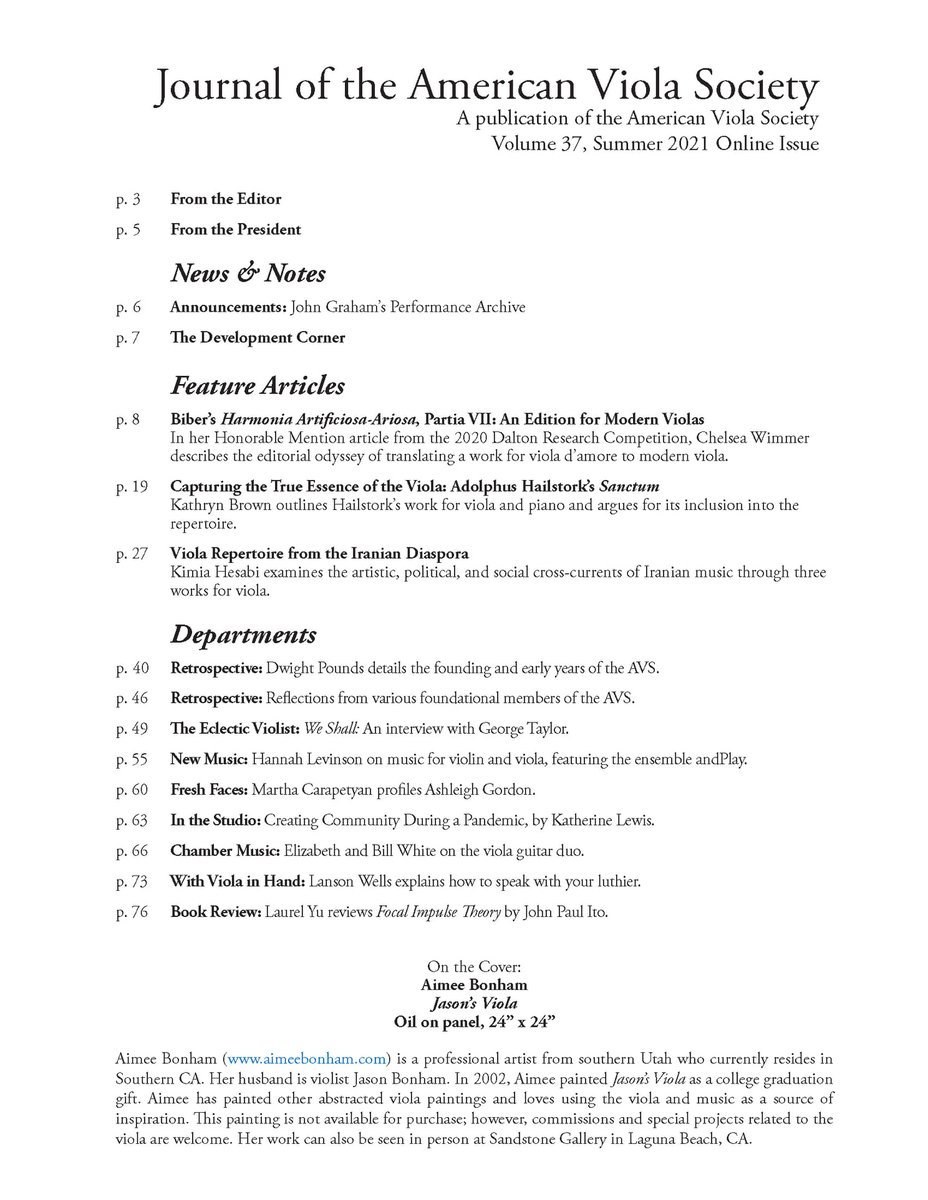

The boat gets on plane quickly and is great for water sports, cruising and fishing. There was a complete replacement of the bellows, gimble bearing, lube lines and shifter cable at the end of this summer. All of the fluids have been changed in the last year. The current thickness affects new objects as you draw them, but not existing objects.2000 Bayliner 2252 Ciera. You can also change the current thickness. (You can also select the object first.) In the Properties palette, click the Thickness property and change the number in the Thickness text box. To add thickness to an existing 2D object, choose Properties on the Standard toolbar and select the object. They aren’t actually part of the cylinder - you can’t use object snaps on them, for example. These lines help you visualize curved surfaces. The parallel lines on the cylinder are called tessellation lines. Although they have three dimensions, the third dimension can only be a straight side perpendicular to the 2D object at the base. Surfaces created by adding thickness are sometimes called 2 1⁄ 2D objects. Figure 21-11 shows some objects created using thickness.įigure 21-11: 3D surfaces created by adding thickness to 2D objects. Remember that you won’t see the thickness if you’re looking at the object from the top. For example, a circle becomes a cylinder and a rectangle becomes a box. When you add thickness to a 2D object, the object is pushed out into the third dimension. You can create simple surfaces by adding thickness to 2D objects. You can’t display them in any realistic fashion or calculate properties, such as area, mass, and so on. Finally, wireframes don’t have any surface or solid properties. Also, creating the detail of a real chair would be tedious if you were to use individual lines or 3D polylines. In Figure 21-10, the chair you drew in the previous exercise, you can see the back leg through the seat of the chair. Elevation and thickness are both explained in the If you want to create curved shapes in 3D space, you can create 2D polylines with a widthĪnd then add a thickness and an elevation. You can also edit it with the PEDIT command, although there are fewer options. The 3DPOLY command can accept all 3D coordinates. The 3DPOLY command is like the PLINE command with a few differences: One command that has a 3D counterpart is PLINE. The point is that the CIRCLE command itself is only a 2D command. You can always create a circle in one XY plane and then use that circle as a base for a cylinder, for example. This doesn’t mean that you don’t use circles in 3D work.
KMIA OUTLINES PLANEPLOTTER HOW TO
Later in this chapter, I explain how to change the UCS to get around this restriction. The whole circle must be on the same XY plane.

For example, you cannot place the center of a circle on one Z coordinate and the circumference on another. However, many commands cannot accept 3D coordinates. The LINE command is a true 3D command because it accepts 3D coordinates. You’ve already created 3D lines by specifying 3D coordinates for the endpoints. Working with Visual LISP ActiveX Functions.Understanding Local and Global Variables.Creating Keyboard Shortcuts for Commands.Pasting, Linking, and Embedding Objects.Importing and Exporting Other File Formats.Accessing Drawing Content with Tool Palettes.Accessing Drawing Components with the DesignCenter.Working with the User Coordinate System.Inserting Blocks and Files into Drawings.Preparing a Drawing for Plotting or Printing.Digitizing Drawings with the TABLET Command.Creating Baseline and Continued Dimensions.Importing Layers and Linetypes from Other Drawings.Changing Object Color, Linetype, and Lineweight.Using an Existing Drawing as a Prototype.Opening a Drawing with Default Settings.Using the AutoCAD and AutoCAD LT Interface.Getting Acquainted with AutoCAD and AutoCAD LT.


 0 kommentar(er)
0 kommentar(er)
